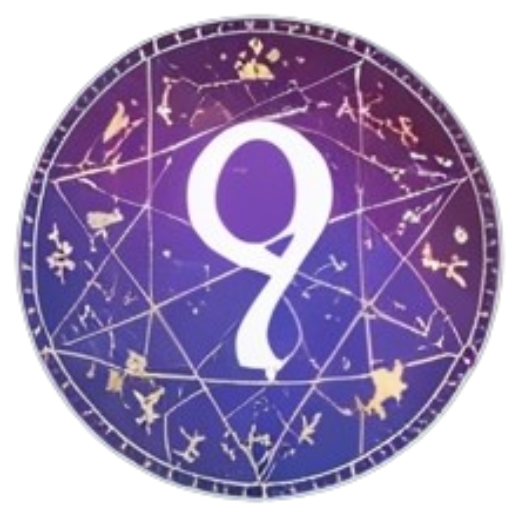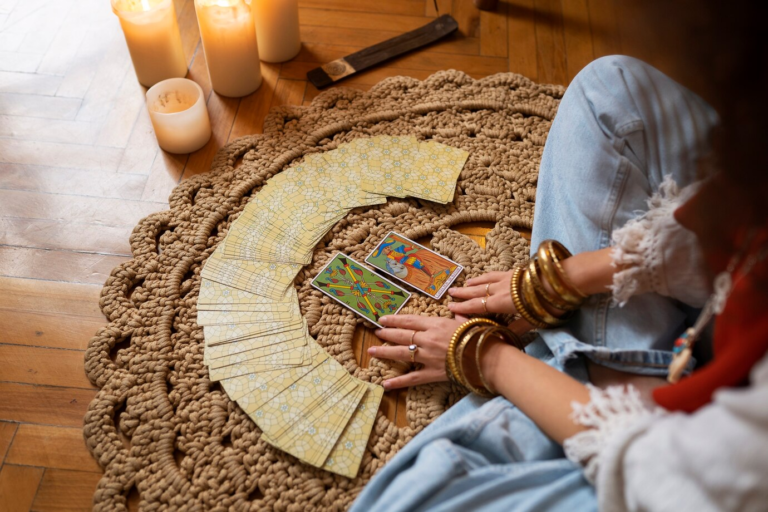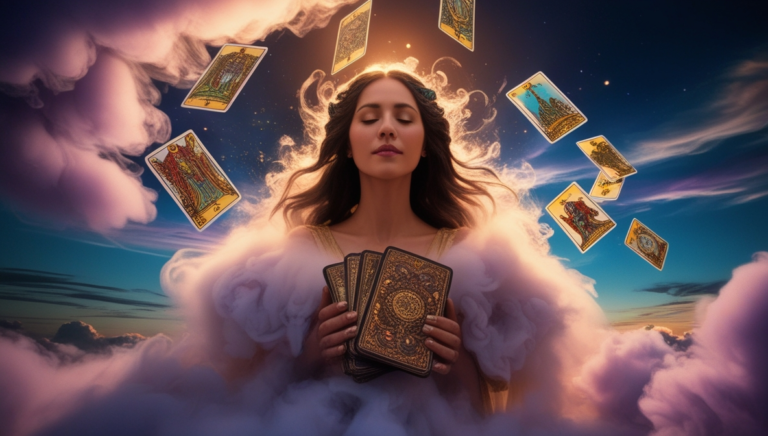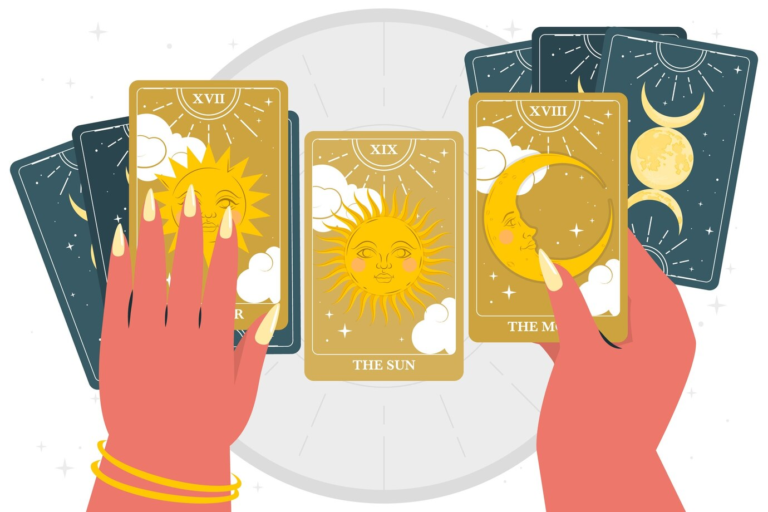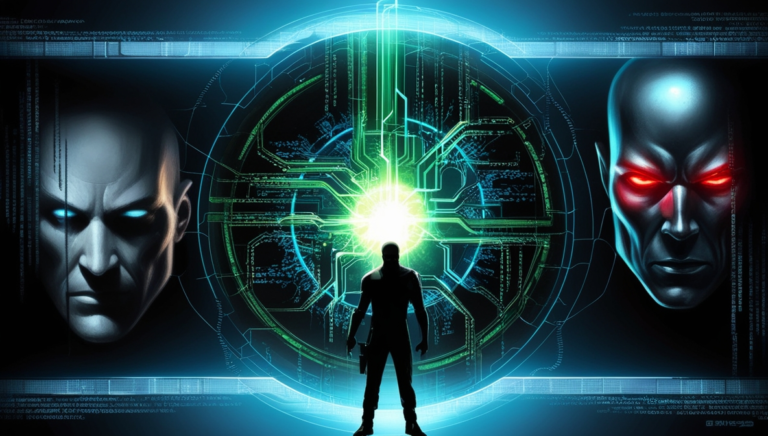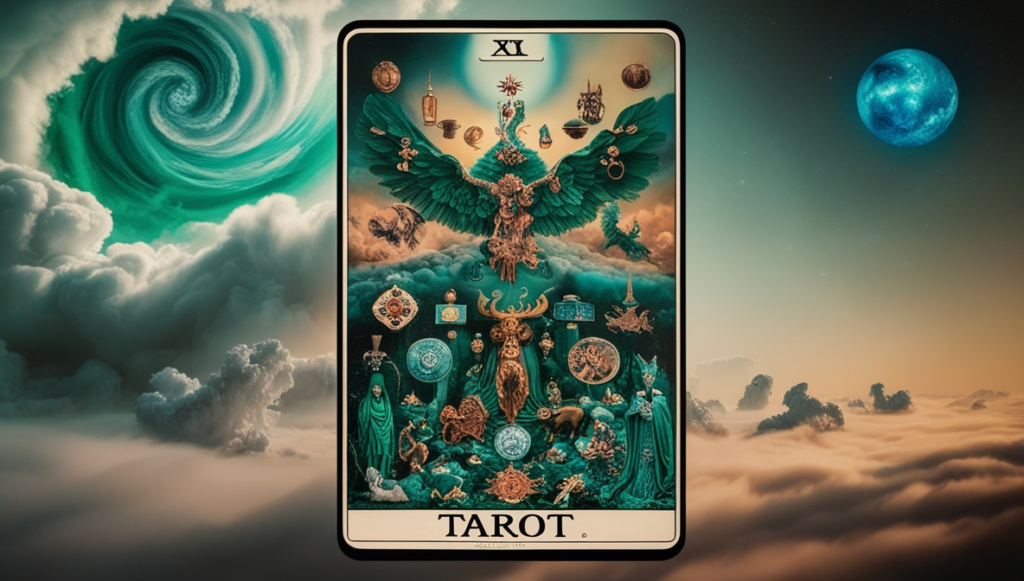
What Is Tarot?
Tarot is a system of cards used for divination, spiritual insight, and personal reflection. Each deck consists of 78 cards, divided into two main sections: the Major Arcana and the Minor Arcana. These cards are rich with symbolism and imagery, each carrying a unique meaning that can be interpreted by a tarot reader to provide insight into a person’s life, emotions, and future possibilities.
Although tarot has been used for centuries, it remains one of the most popular and versatile tools for psychic readings today. Tarot readings can guide individuals through difficult decisions, provide clarity on emotional matters, and even reveal hidden truths about themselves or their future.
A Brief History of Tarot
Tarot has its roots in 15th-century Europe, originally used as a playing card game. Over time, it evolved into a tool for divination, with occultists in the 18th century assigning deeper, mystical meanings to the cards. Today, it is widely used by psychics, spiritual advisors, and even individuals seeking personal insight.
Despite its ancient origins, it remains relevant in the modern world, offering guidance on everything from personal growth to career decisions.
The Structure of the Tarot Deck
A standard tarot deck is divided into two parts:
- The Major Arcana: This section consists of 22 cards that represent significant life events, spiritual lessons, and the major themes of life. Some well-known cards include The Fool, The Lovers, Death, and The World. Each card tells a story and often reflects pivotal moments in the querent’s journey.
- The Minor Arcana: Composed of 56 cards, the Minor Arcana is divided into four suits (Cups, Swords, Wands, and Pentacles), similar to a traditional deck of playing cards. These cards reflect day-to-day life, relationships, emotions, and personal challenges. The suits each correspond to different aspects of life:
- Cups: Emotions, relationships, and intuition.
- Swords: Thoughts, conflicts, and intellectual challenges.
- Wands: Creativity, ambition, and action.
- Pentacles: Material concerns, such as finances, career, and health.
Together, the Major and Minor Arcana create a full picture of the querent’s life, providing a detailed, multifaceted reading.

How Tarot Works
A tarot reading involves drawing cards from the deck and interpreting their meanings based on the querent’s question or current life situation. The cards are laid out in specific patterns called «spreads.» Each position in the spread represents a different aspect of the querent’s life, such as the past, present, and future.
- Intuition and Symbolism: It is deeply connected to the reader’s intuition and understanding of the symbolism behind each card. While each card has traditional meanings, a skilled reader will also use their intuition and connection to the querent’s energy to provide more tailored insights.
- Reflecting the Querent’s Inner State: It doesn’t predict the future in a strict sense but reflects the energies and possibilities surrounding the querent. It helps clarify feelings, thoughts, and life situations, offering guidance for the best course of action.
ALSO YOU CAN CHECK
Popular Tarot Spreads
There are various ways to arrange tarot cards during a reading, depending on the question being asked. Here are some of the most commonly used tarot spreads:
- The Three-Card Spread: One of the simplest spreads, the three cards represent the past, present, and future, or any other tripartite issue (mind/body/spirit, challenge/action/outcome, etc.). This is great for quick insights or specific questions.
- The Celtic Cross Spread: One of the most famous spreads, the Celtic Cross involves 10 cards and provides an in-depth look at a situation. It covers everything from underlying influences and challenges to the possible outcome of a situation.
- The Relationship Spread: This spread is used to gain insight into relationships. It typically involves understanding both partners’ energies, the challenges in the relationship, and the overall compatibility or future of the partnership.
- The Year Ahead Spread: This 12-card spread offers a glimpse into what each month of the coming year may hold for the querent. It’s often done around the New Year or a significant birthday.
What Can Offer?
Tarot provides a wide range of benefits and insights for those seeking guidance. Here are some common reasons people turn to tarot readings:
- Self-Reflection: Tarot is an excellent tool for self-reflection and personal growth. The cards offer insight into your inner world, helping you understand your emotions, desires, and challenges more clearly.
- Decision-Making: It can help clarify choices by revealing potential outcomes and offering guidance on the best course of action.
- Spiritual Guidance: For those on a spiritual path, tarot offers deeper insights into life’s spiritual lessons and challenges, helping you connect with your higher self or divine guidance.
- Relationship Insights: It can shed light on the dynamics of relationships—whether romantic, familial, or platonic—helping you understand underlying issues or future developments.
- Life Transitions: Tarot readings can be particularly helpful during times of change, offering guidance on navigating new beginnings or letting go of the past.
Debunking Myths About Tarot
Despite its popularity, tarot is often surrounded by misconceptions. Let’s debunk some common myths:
- Tarot Predicts the Future with Certainty: While it can offer insights into future possibilities, it doesn’t predict the future with absolute certainty. The cards reflect the energies and choices surrounding a situation, giving you guidance on possible outcomes.
- Tarot Is Only for Spiritual or Mystical People: Tarot is for everyone! Whether you’re spiritual, pragmatic, or simply curious, tarot can be used as a tool for reflection and insight. Many people use without any religious or mystical beliefs.
- Tarot Is Dangerous or Evil: is simply a tool, and its effectiveness depends on the intent and skill of the reader. It’s not tied to any dark forces, and many people use it purely for self-exploration or personal guidance.
How to Choose a Tarot Deck
For those interested in learning or getting their own deck, it’s essential to find one that resonates with you. Here are a few tips on choosing the right tarot deck:
- Artwork: Tarot decks come in many artistic styles, from traditional decks like the Rider-Waite to modern and themed versions. Choose artwork that speaks to you and feels inviting.
- Intuition: Trust your intuition when selecting a deck. If a particular deck calls to you or feels right, it’s probably a good fit.
- Beginner-Friendly Decks: If you’re just starting, consider a deck that includes clear, recognizable symbolism, like the Rider-Waite, which is often recommended for beginners.
The Importance of a Skilled Tarot Reader
While anyone can learn to use tarot cards, working with an experienced it reader can provide deeper, more meaningful insights. A skilled reader will not only interpret the cards but also connect with your energy to deliver a personalized reading.
- Experience Matters: A seasoned tarot reader understands the nuanced meanings of each card and how they relate to your question or situation. They also bring a wealth of intuition and wisdom to the reading, offering guidance beyond the surface-level meaning of the cards.
- Building Trust: The relationship between the querent and it reader is essential. Trusting your reader allows for a more open and effective reading.
Final Thoughts
Tarot is a versatile and powerful tool that can offer clarity, guidance, and self-reflection. Whether you’re navigating life’s big decisions, seeking spiritual insight, or simply curious about what lies ahead, itcan provide valuable perspectives and new ways of understanding yourself and your path.
By demystifying tarot and embracing its potential, you can open the door to greater awareness and empowerment in your life.
